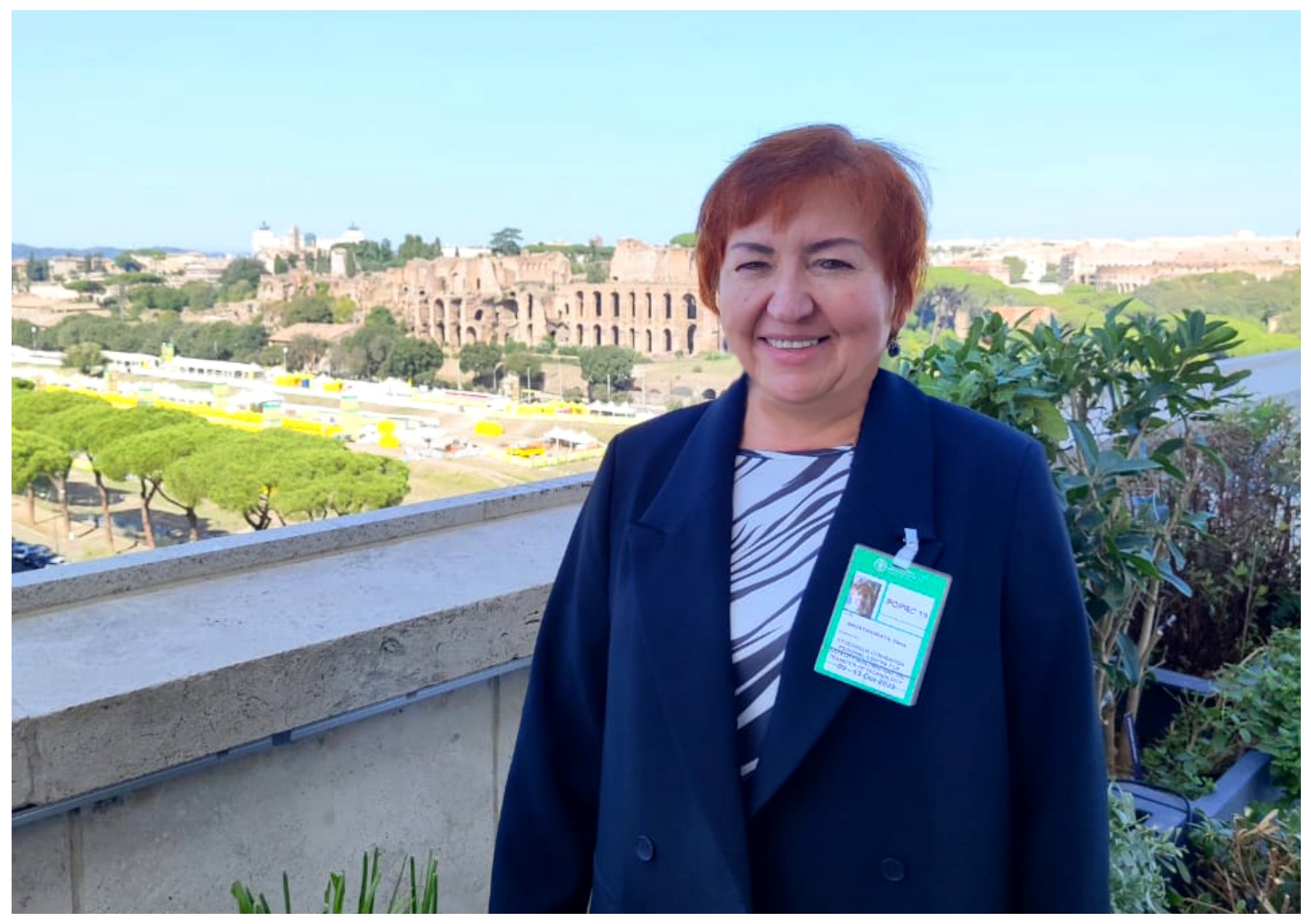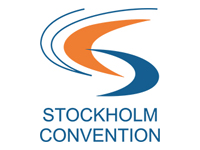25/10/2023 The nineteenth meeting of the Persistent Organic Pollutants Review Committee (POPRC-19) was held in Rome, Italy
The nineteenth meeting of the Persistent Organic Pollutants Review Committee (POPRC-19) was held from 9 to 13 October 2023 at the Headquarters of the Food and Agriculture Organization of the United Nations (FAO) in Rome, Italy. Over a hundred participants representing - experts in chemicals assessment and management, government observers, intergovernmental and non-governmental organizations - participated in this meeting. The head of the Stockholm Convention Regional Center, director of the NIOC SB RAS, prof. Elena Bagryanskaya took part in POPRC-19 as an observer.

In a crucial step in protecting human health and the environment, a Committee of expert scientists gathered at the POPRC-19 meeting in Rome, Italy, to review hazardous chemicals and to decide whether to recommend that they be included in the Stockholm Convention, so countries take measures to eliminate or restrict production and use and manage their wastes.

Several topics were discussed during the meeting:
Draft Risk Profiles
On the first day, members and observer exchanged views on the persistence, bioaccumulation, and long-range environmental transport of the pesticide, chlorpyrifos. The POPRC will continue to consider the draft risk profile for this chemical in a contact group in the coming days.
Draft risk management evaluation
The POPRC is tasked to consider the draft risk management evaluation for chlorinated paraffins with carbon chain lengths in the range C14-17 and chlorination levels at or exceeding 45 per cent chlorine by weight (MCCPs), and draft risk management evaluation for long-chain perfluorocarboxylic acids (PFCAs). After presentations made by the chairs of the drafting groups and the initial proponents, the Committee exchanged views and agreed to further continue the work within contact groups.
Long-range environmental transport
The POPRC will consider a draft document on long-range environmental transport, intended to provide guidance when evaluating chemicals proposed for listing under the Stockholm Convention.
POPs in stockpiles, products and articles
As requested at the last meeting of the Conference of the Parties, the POPRC will explore options for identifying POPs in stockpiles, products and articles in use and in wastes, to support Parties.
Indicative lists of POPs
The POPRC will also work on further updating and refining indicative lists of perfluorooctanoic acid (PFOA), its salts, and PFOA-related compounds and perfluorohexane sulfonic acid (PFHxS), its salts and PFHxS-related compounds.
On the first day, the meeting also heard about the outcomes of the eleventh meeting of the COP, which took place in May 2023 and had initial exchanges about the Chlorinated paraffins with carbon chain lengths in the range C14–17 and chlorination levels at or exceeding 45 per cent chlorine by weight.
During the discussion in the contact group on chlorpyrifos, Elena Bagrianskaya made suggestions about the necesser to continue scientific research on the biodegradability of this substance in the climatic conditions of the Russian Federation. In addition, she noted that the substance is not produced in Russia, but imported from India and China.

The family of chemicals known as medium-chain chlorinated paraffins has been recommended to be listed for elimination under the convention. These chemicals are often used in metalworking fluids as lubricants and coolants and can also be used as an additive to make plastic softer. They are also used in polyvinyl chloride (PVC) products, as well as in paints, sealants, and rubber. However, scientists have concluded they pose a significant risk to human health, due to their ability to last over time in the human body without breaking down, leading to severe health conditions including cancer.
Long-chain perfluorocarboxylic acids have been recommended to be listed for elimination under the convention. These chemicals belong to the family of PFAS, known as ‘forever chemicals’. Owing to their water, stain, and grease-resistant properties, they are commonly used in industrial and consumer products such as in the manufacture of semiconductors, printing inks, paints and coatings, paper and food packaging, waterproof textiles, cleaning products, and firefighting foams.
The Committee agreed that these chemicals may still be used in specific circumstances. The recommendations for listing including specific exemptions will be considered at the next meeting of the Conference of the Parties to the Stockholm Convention, which will take place in 2025.
In addition to these decisions, POPRC-19 adopted the risk profile for the highly toxic pesticide ‘chlorpyrifos’, meaning that the chemical will now be considered for recommendation at the next POPRC meeting. Chlorpyrifos is a highly toxic insecticide widely used in agriculture. It poses significant health risks, is particularly dangerous to children and pregnant women, and has adverse effects on the nervous system.
Over the next year, the Committee will assess information on socio-economic considerations and possible control measures for chlorpyrifos as part of its risk management evaluation and will consider a recommendation for listing.

